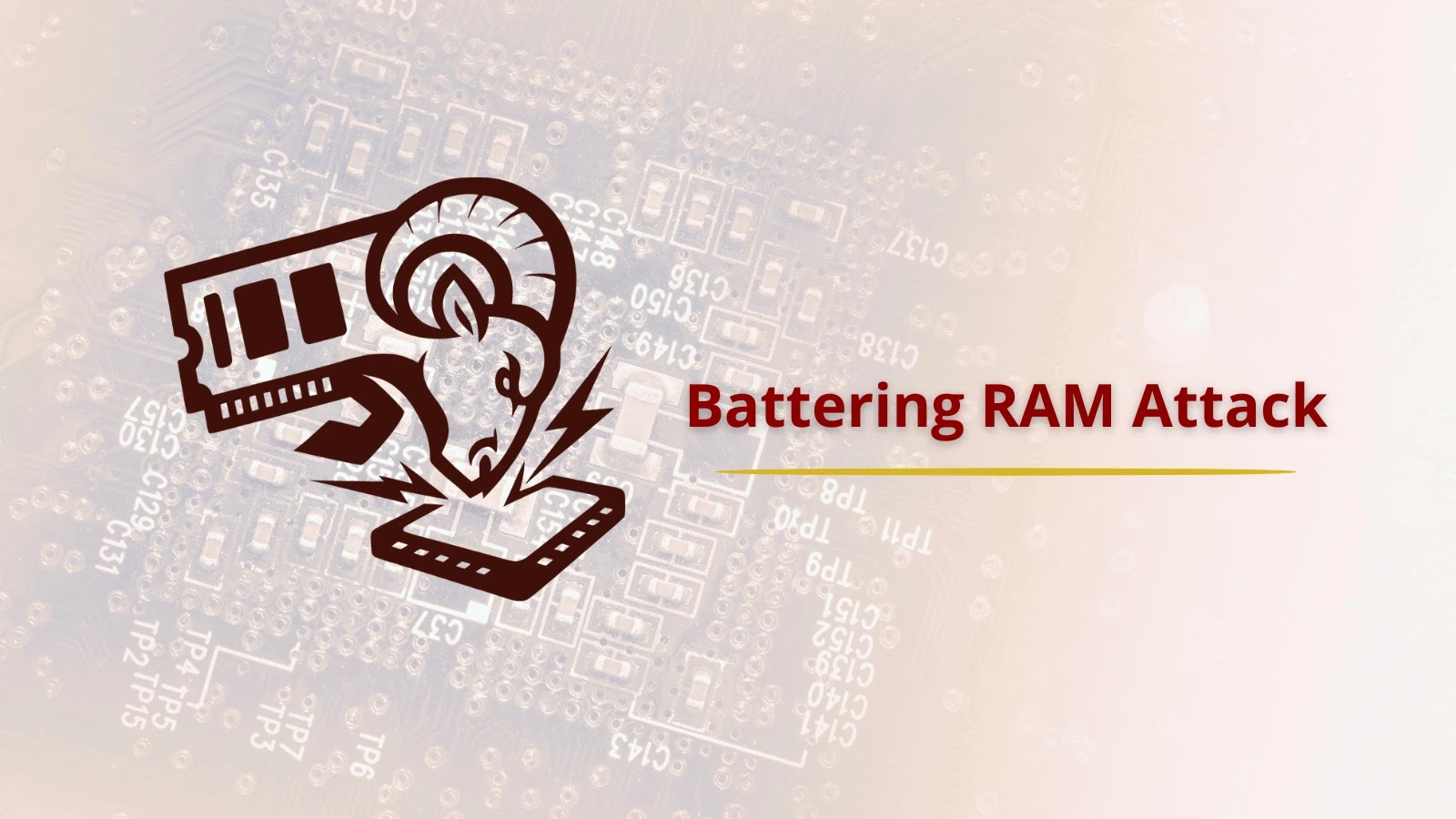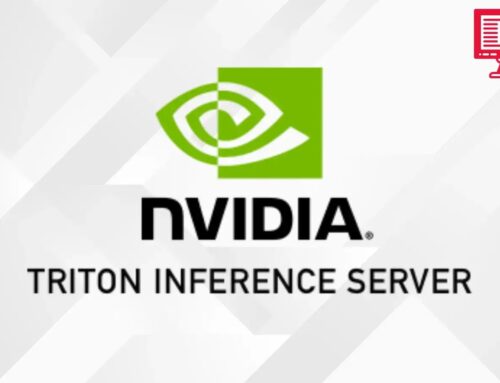
New Battering RAM Attack Bypasses Latest Defenses on Intel and AMD Cloud Processors
Confidential computing has emerged as a cornerstone for securing sensitive workloads in the public cloud. It promises to shield data even when processed by potentially untrusted cloud infrastructure. However, a startling new attack, dubbed Battering RAM, has revealed a critical vulnerability, demonstrating that even the most advanced memory-encryption schemes on modern Intel and AMD processors are not immune. This low-cost hardware attack challenges the very foundation of confidential computing, posing a significant threat to organizations relying on these technologies.
Understanding the Battering RAM Attack
The Battering RAM attack is a sophisticated, yet surprisingly affordable, hardware-based exploit. It leverages an interposer, a simple hardware component costing under $50, to bypass current memory-encryption mechanisms. Modern servers utilize DDR4 DRAM, which typically incorporates hardware-backed encryption technologies such as Intel SGX’s Total Memory Encryption (TME) and AMD’s Secure Memory Encryption (SME)/Secure Encrypted Virtualization (SEV). These technologies are designed to protect data at rest and in use by encrypting memory contents, making it unreadable to unauthorized parties, even if they gain physical access to the memory modules.
Battering RAM operates by exploiting physical characteristics of DRAM refresh operations. Without delving into overly technical specifics, the attack essentially manipulates the memory refresh cycles to introduce bitflips in adjacent memory rows. While previous Rowhammer attacks primarily focused on unencrypted memory, Battering RAM’s innovation lies in its ability to induce these bitflips with sufficient precision to overcome the integrity and confidentiality guarantees offered by TME and SME/SEV. This allows an attacker to corrupt encrypted data in a predictable manner, potentially leading to decryption key recovery or privilege escalation.
Impact on Intel and AMD Cloud Processors
This attack directly targets the hardware-backed memory encryption features present in contemporary Intel and AMD cloud processors. This means that cloud environments, which heavily rely on these security features to offer confidential computing services, are directly at risk. Organizations that have migrated sensitive data and applications to the cloud, specifically those utilizing Intel SGX and AMD SEV-enabled virtual machines, need to be aware of this vulnerability. The fact that a low-cost hardware component can achieve this bypass underscores the severity and accessibility of the exploit.
The implications are far-reaching. If an attacker can successfully implement Battering RAM, they could potentially:
- Recover encryption keys used to protect confidential data.
- Gain unauthorized access to sensitive information stored in encrypted memory.
- Escalate privileges within a compromised system.
- Execute arbitrary code by manipulating program instructions.
Further details on this specific attack vector and its technical descriptions can be found in detailed research papers released by the security community. While a specific CVE ID for Battering RAM hasn’t been widely publicized at the time of this writing, similar hardware-based memory attacks have received CVEs, such as CVE-2021-39294, which pertains to Rowhammer-induced bitflips.
Remediation Actions and Mitigations
Addressing hardware-based vulnerabilities like Battering RAM requires a multi-layered approach, as software patches alone may not be sufficient. Here are some critical remediation actions and mitigation strategies:
- Firmware Updates: Keep server firmware and BIOS/UEFI updated to the latest versions. Manufacturers like Intel and AMD often release microcode updates to address hardware-level vulnerabilities, even if they cannot fully eliminate all risks associated with physical attacks.
- Memory Scrubbing/Refresh Rates: Implement aggressive memory scrubbing techniques and potentially adjust DRAM refresh rates where feasible and recommended by processor manufacturers. This might reduce the window of opportunity for bitflips to occur.
- Physical Security: Enhance physical security measures for servers and data centers. While Battering RAM uses a low-cost interposer, it still requires physical access to the memory modules. Restricting unauthorized physical access remains a fundamental defense.
- Memory Error Correction Codes (ECC): While ECC memory can detect and correct single-bit errors, multi-bit errors induced by advanced Rowhammer-style attacks might still be a challenge. However, ECC significantly improves memory reliability and can help prevent some forms of data corruption.
- Software-Defined Memory Protection: Explore and implement software-based memory safety mechanisms, such as address space layout randomization (ASLR) and data execution prevention (DEP), which can make it harder for attackers to exploit observed bitflips.
- Continuous Monitoring: Implement robust monitoring and logging solutions to detect anomalous memory access patterns or unexpected system behavior that might indicate an ongoing attack.
- Consult Vendor Advisories: Regularly consult security advisories from Intel, AMD, and server manufacturers for specific guidance and patches related to memory vulnerabilities.
Tools for Detection and Mitigation
While Battering RAM is a new and specific attack, several tools can assist in detecting memory integrity issues or general system vulnerabilities:
| Tool Name | Purpose | Link |
|---|---|---|
| MemTest86+ | Comprehensive memory diagnostics, useful for detecting hardware memory errors. | https://www.memtest.org/ |
| Prime95 (Blend Test) | Stress testing tool that can expose memory instability under heavy load. | https://www.mersenne.org/download/ |
| Intel TXT (Trusted Execution Technology) | Hardware-based technology for establishing a trusted computing base, though not directly a Battering RAM countermeasure, it enhances overall system integrity. | Intel TXT Information |
| AMD Memory Guard Features (Enterprise) | Protections within AMD EPYC processors enhancing memory integrity and security. | AMD Memory Guard |
Key Takeaways
The Battering RAM attack serves as a stark reminder that even robust hardware-backed security features are not impenetrable. The ability to bypass sophisticated memory encryption with a relatively inexpensive hardware interposer highlights a fundamental challenge in securing confidential computing environments. Organizations must prioritize firmware updates, enhance physical security, and maintain vigilance through continuous monitoring. While the public cloud offers immense benefits, understanding and mitigating these advanced hardware attacks is crucial for truly confidential and secure operations.





